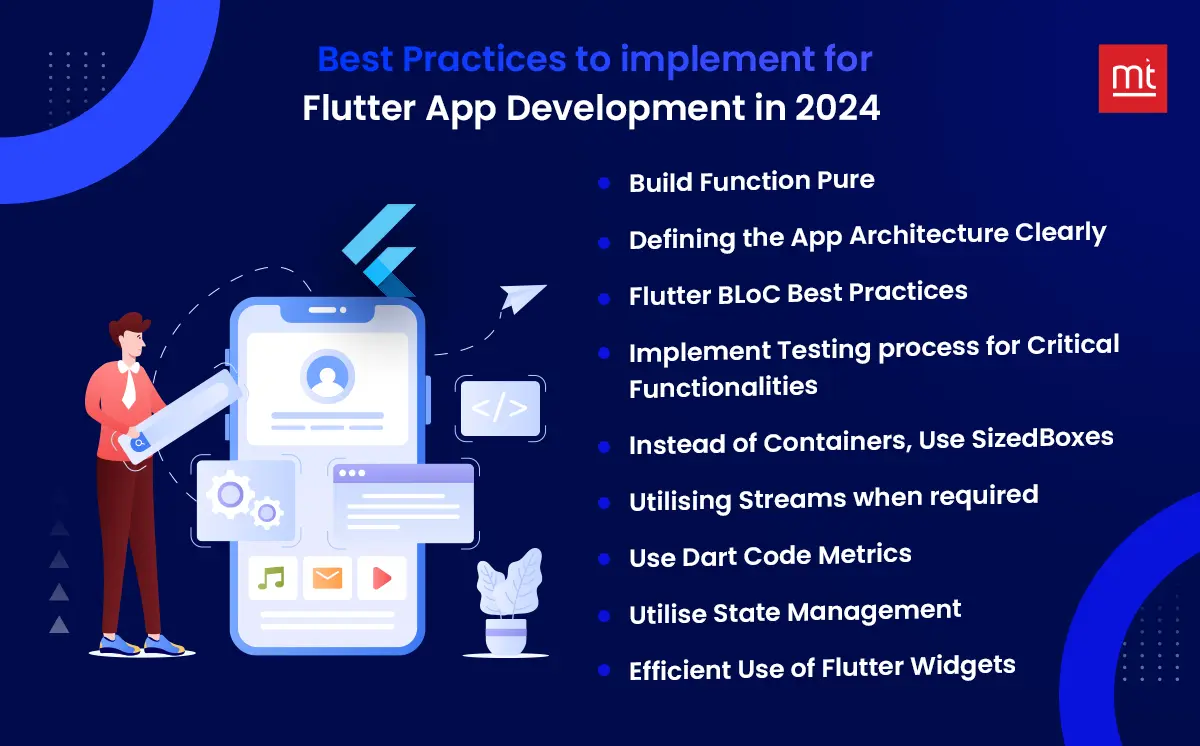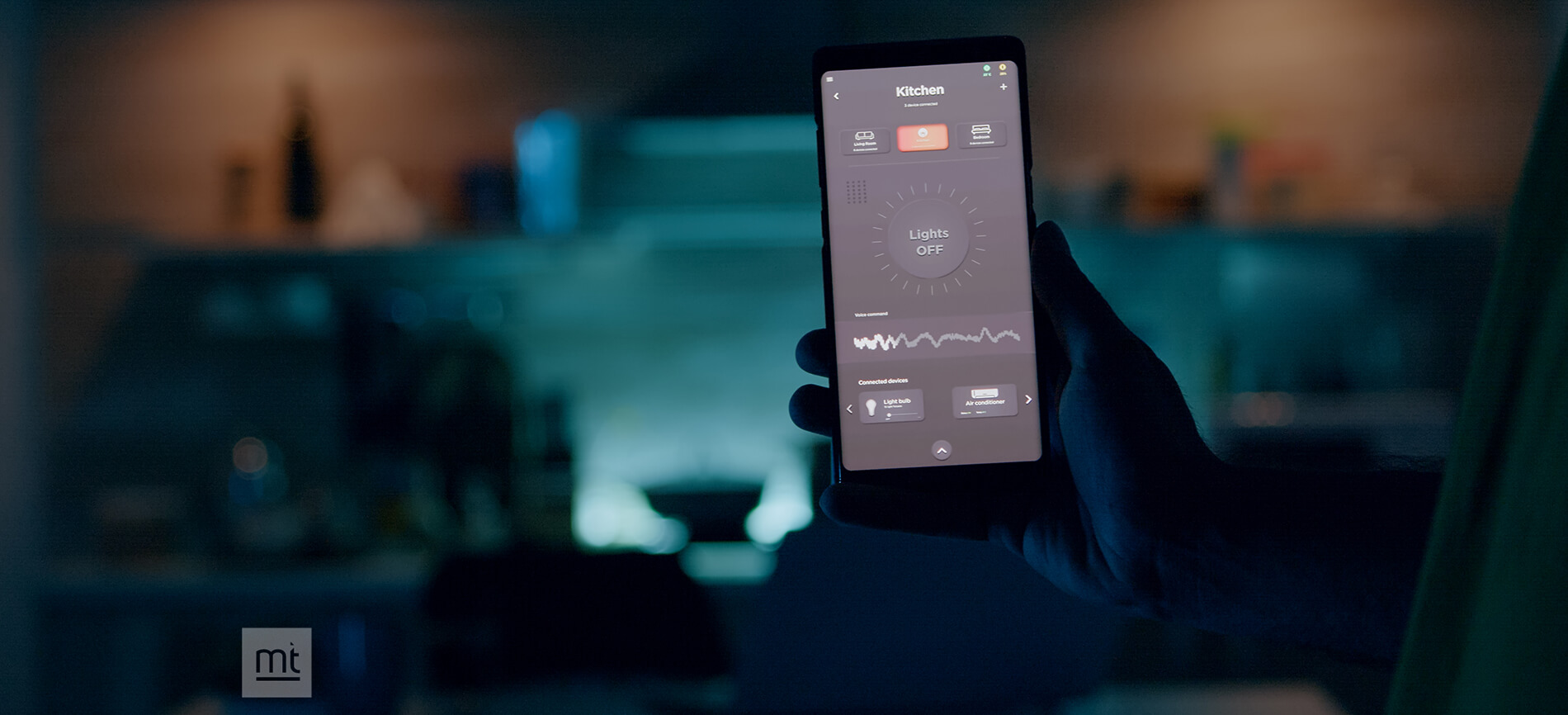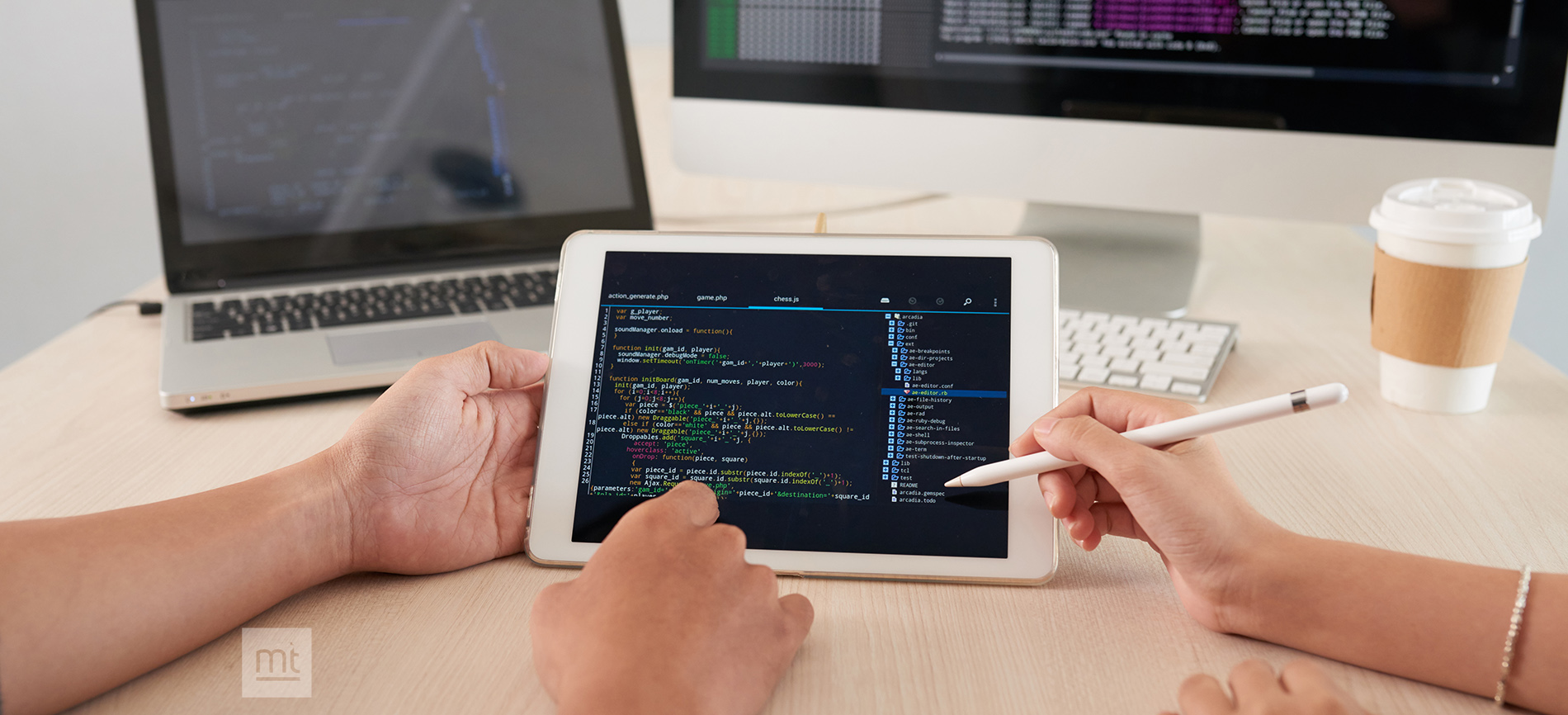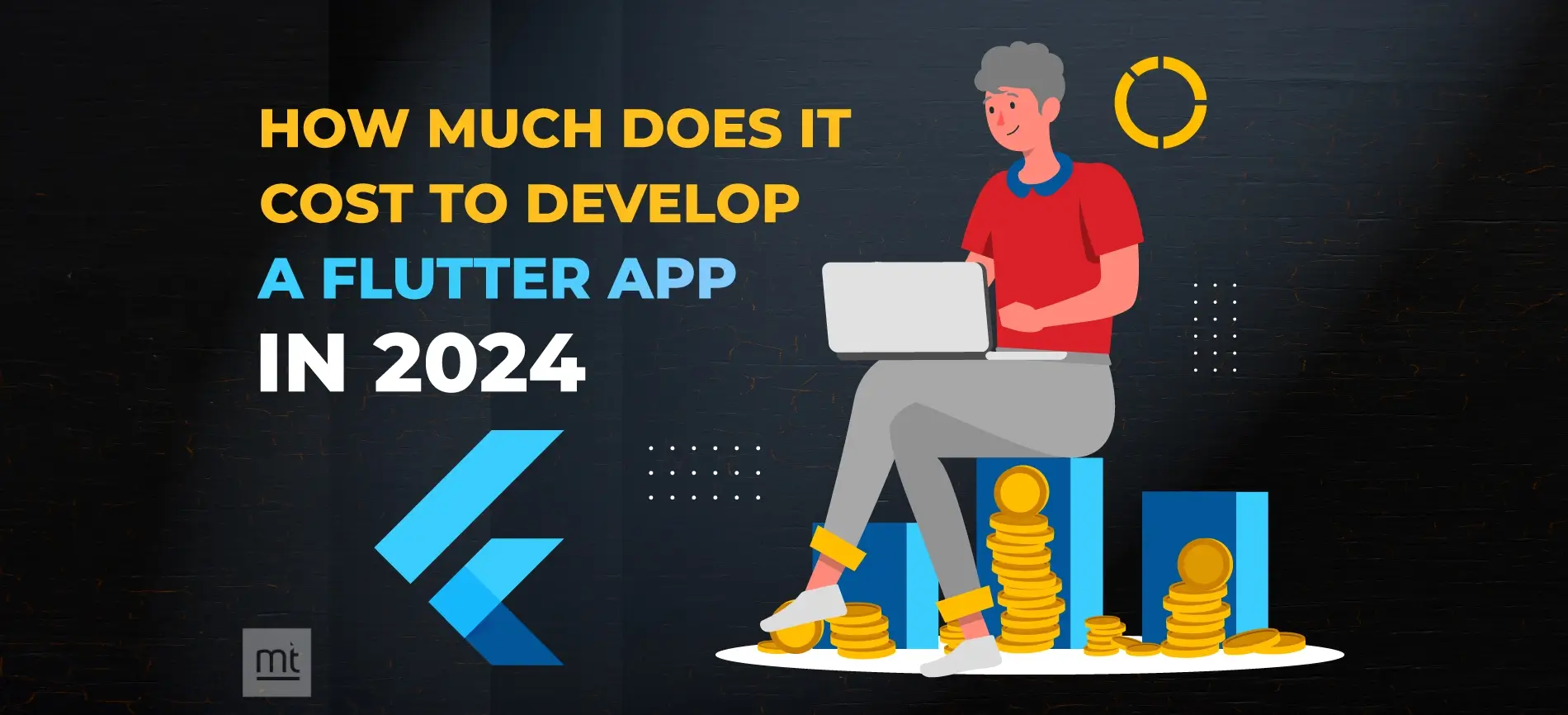Introducation:
Flutter is a framework of Google, a UI toolkit to build natively compiled applications for the web, phones, tablets, and desktops out of a single code base. Based on the Dart programming language, Flutter provides many features and mechanisms directly aimed at application development to achieve captivating, high-performance applications.
Flutter app development services are still promising in 2024 where more and more firms are shifting their focus to hiring Flutter for better mobile app development solutions.
Statista reports that Flutter now ranks top place among the cross platform frameworks.
Despite this, there are struggles to future proof Flutter applications and requires best future proofing flutter best practices. To help you address the challenges, we have put together Flutter app best practices to develop cutting-edge Flutter applications. Keep reading.
About Flutter Development
Flutter is the most popular cross-platform application in 2024. After frequent updates and the increasing popularity of projects where it is used, Flutter has become an ideal solution for businesses and organizations that can create various applications in the shortest possible time.
However, after revealing the concept of Flutter app development from an early stage in startups to giants like big enterprises, the framework's ability has turned towards serving more extensive applications that include all the features and burdens.
Best Practices to Implement for Flutter App Development in 2025
To increase the probability of success in the chosen Flutter projects, it is necessary to follow the best practices that make the framework more effective in speed, extensibility, and easy further extension. Some of the best practices flutter that ensure the efficiency of Flutter app development in 2025 include:

1. Build Function Pure
The principle of purity of functions is one of the few unbreakable rules of coding, and it is for this reason that the guidelines require us to maintain encrusted functions. A pure function is one that never has any side effects and a function that, under all circumstances, will return the same result if invoked with the same arguments.
Flutter best practices give the code a more deterministic look, making it easier to unit-test since there are no hard-coded values. It is advised to strive to build pure functions in your Flutter apps to ensure that their results are always reliable and that management is always a breeze.
2. Defining the App Architecture Clearly
The core refers to a robust foundation of a concept to help realize more extraordinary advancements within an application in the future. When working in a Flutter app with this architecture defined, the code is significantly more straightforward to manage when scaling up.
The three common architectural patterns are Model-View-ViewModel (MVVM), Model-View-Controller (MVC), and Business Logic Component (BLoC).
Selecting the proper set of architectures that suits a particular project's needs and expectations will help improve the development phase and maintainability of the system.
3. Flutter BLoC Best Practices
The BLoC is Business LoC, and it exists in Flutter to separate the presentation and business logic. Avoid making multiple functionalities within the Flutter project to be managed by a single BLoC since this will not yield the best outcome.
The BLoC classes should be kept to a minimum requirement and work with streams when applying the state changes.
Third, do not put much of a logical procedure in the elements of the UI layout. It just makes the test and the maintenance of the code difficult.
4. Implement a Testing process for Critical Functions
The mobile app testing phase forms an essential part of application development. Testing such functionalities that are enduring and constant assists in identifying and rectifying these concerns during the early stages of software development.
Unit tests for simple functions and widgets, integration tests for checking the integration between various sections, and end-to-end tests for full operations checks.
Flutter comes with an inbuilt test framework that can be used to establish better and more efficient automated testing environments.
5. Instead of Containers, Use SizedBoxes
In general, containers are empty and flexible widgets, and they are used very often in flutter app best practices, but they can cause some extra computational load if misused.
Regarding the positional adjustments in the layout, such as spacing and sizing, go for the SizedBoxes if you prefer containers.
It is a smaller widget than others, and including it in the application can boost its rendering time. This is especially advantageous when multiple small layout changes must be made continuously.
6. Utilizing Streams When Required
Streams are a built-in Dart feature used to manage asynchronous data. If done correctly, streams can be incorporated to create more high-performance responses.
On the other hand, streams should receive real-time updates on data changes, like user inputs, networks’ responses, and other dynamic sources.
However, when you use streams, you can control asynchronous events better, and the system can scale the streams much more quickly.
7.Use Dart Code Metrics
Dart Code Metrics is one package that can help you understand the qualities of your Dart code by analyzing certain features of Dart code.
They assist in finding out things about the product that may not be easily maintainable, such as complex approaches, large classes, and other similar problems.
Therefore, by making Dart Code Metrics a standard set of checks on your codebase, you will safeguard it from being bloated with unnecessary complexity and hard to maintain.
8. Utilize State Management
When creating applications, it is essential to manage dependencies and ensure that it is possible to have a responsive and maintainable state management solution for the Flutter framework.
Currently, there are several solutions for managing the state in Flutter Provider, Riverpod, and GetX. This implies that the preference for the state management solution should be well chosen depending on the complexity and needs of the particular application.
To solve the significant problem of misrepresentation and unnecessary computations with the application’s state, appropriate state management is needed to keep the user interface as updated and streamlined as possible.
9. Efficient Use of Flutter Widgets
Flutter’s widget libraries are flashy and well-developed, which makes them unique. As the Flutter app development depends much on these widgets, it only makes sense to learn how to make the best of them.
Re-reuse widgets that are already available whenever possible, but if you need to develop a new widget for a specific action, then so be it.
Moreover, there is the principle of composition over inheritance, which means that complex UI should be created from several smaller widgets.
Additionally, it serves as a way to increase the readability of your code and, at the same time, boost the performance of your application.
Conclusion
Best practices and the right approach is all it needs to develop future proofing Flutter applications set to rule the market and adhere to all your requirements. If you are missing majorly on the expertise and development team, Manek Tech is here to assist you in developing top-class Flutter applications, bringing together all the features that meet all your business requirements.
Our developer is well aware of the best practices to take on developing future proofing Flutter applications. Being the best mobile application development company, we are known to deliver the best with an expert approach.
Contact us today to hire flutter app developers and give a heads-up on your cross-platform development idea.
About Author
Subscribe to Our Newsletter!
Join us to stay updated with our latest blog updates, marketing tips, service tips, trends, news and announcements!




















